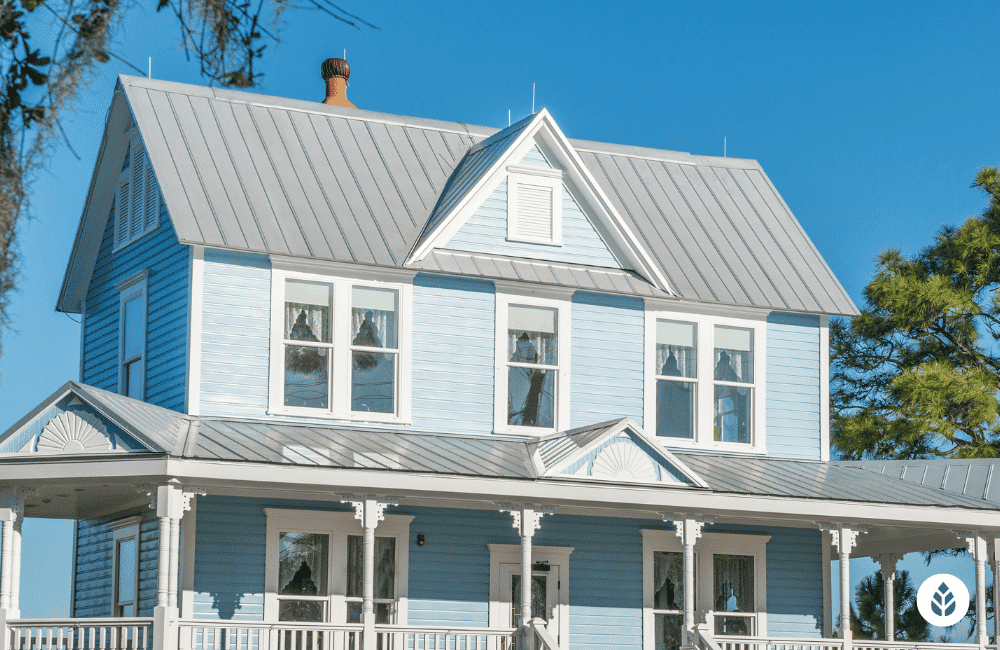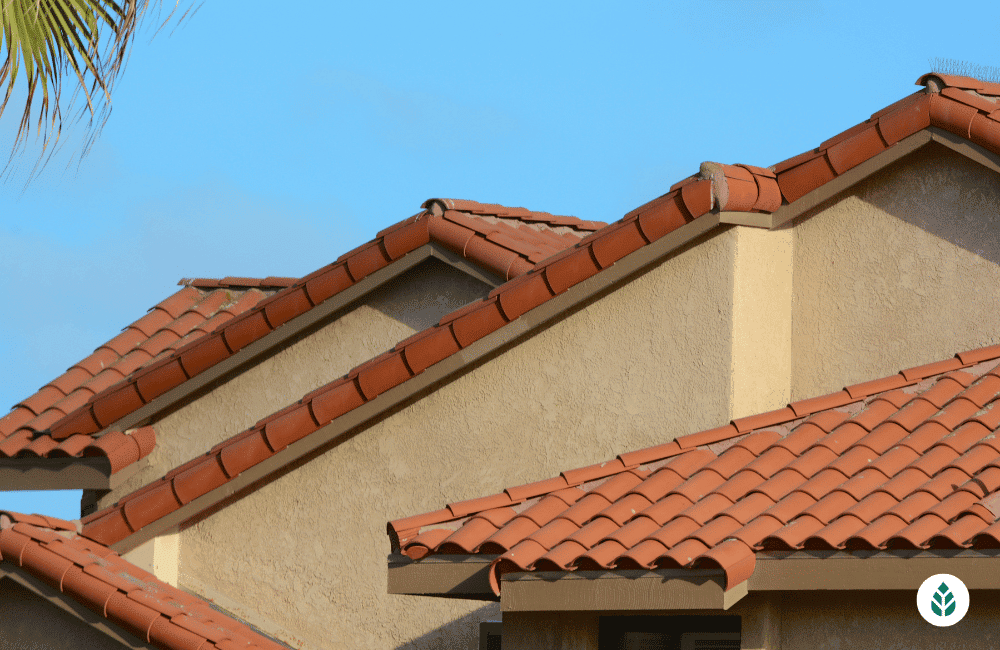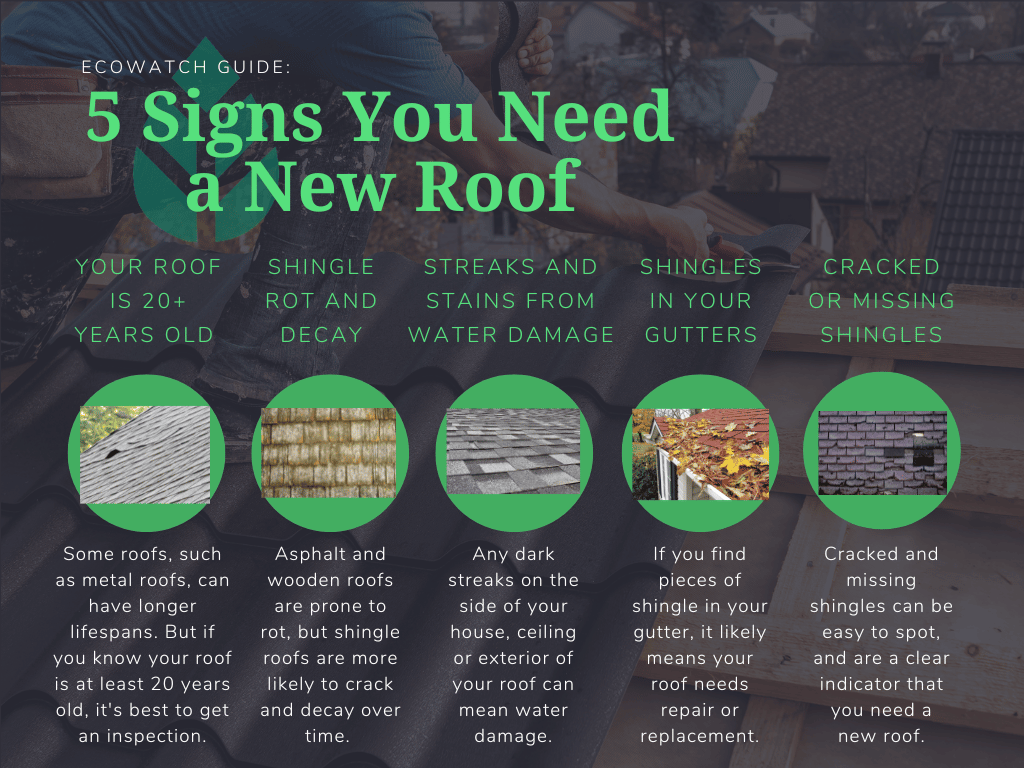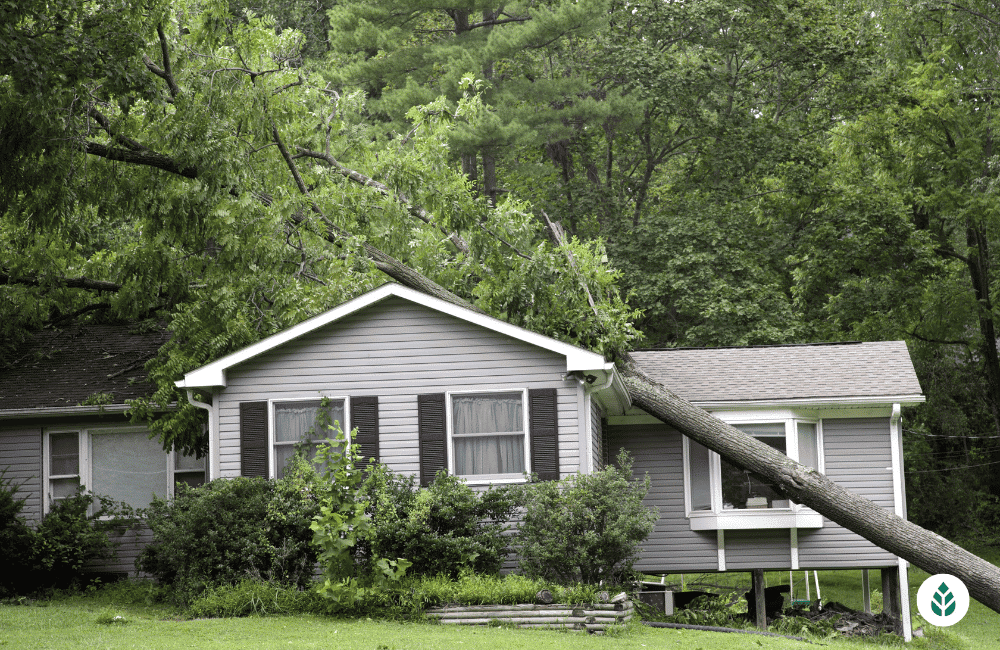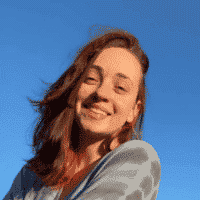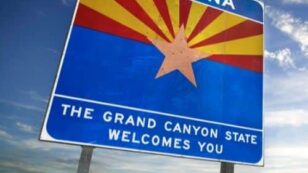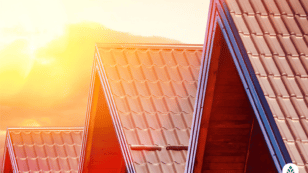
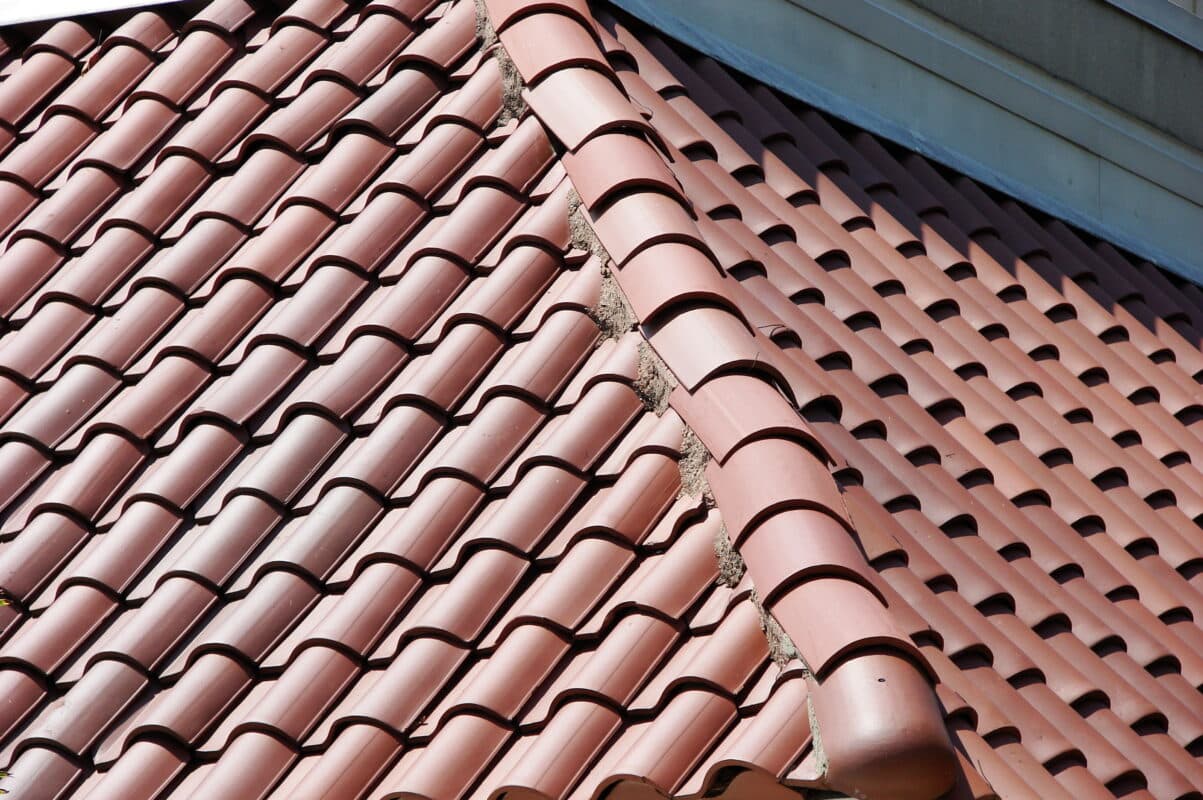
How Much Does A New Roof Cost? (2024)
In this guide on new roof cost, you’ll learn:
- Cost considerations when replacing a roof
- How costs compare between different roof types
- How to tell if you need a new roof
- How to save on roof replacement costs
- How to find the right roofing company for your new roof installation
Each product and or company featured here has been independently selected by the writer. You can learn more about our review methodology here. If you make a purchase using the links included, we may earn commission.
Investing in a Replacement Roof
If the time has come for you to invest in a roof replacement, you’re probably wondering: How much does a roof replacement cost?
The national average cost of a roof replacement is between $5,000 and $10,000. However, the type of roofing material you choose, the size of your roof, additional repair costs and other factors can all wildly impact the price range of your roof replacement project.
Because every roofing system is different, the cost of every roofing project is going to be different as well. In this guide, we’ll walk you through each detail of the roof replacement process and how it will affect your final price.
If you’d like to get a free, personalized quote right away, you can click below to be connected to one of our top recommended contractors.
Get a Roof Replacement Cost Estimate For Your New Roof
The cost of a roof replacement is dependent on many factors, including the size of your roof, the roofing material you choose and where you live. Although the average cost of a new roof is between $5,000 and $10,000, it may be completely different for you.
If you’re in need of a roof replacement, we recommend getting a roof inspection and quote from a local roofing company or two. This way, you can get an understanding of what your home’s needs are and what a roofing replacement will look like for you.
Select one of our top providers below to get connected with a provider today and get a free estimate for a new roof.

Power Home

Average cost
Pros
- Positive industry reputation
- Lifetime or lengthy warranty
- 10+ years of experience
- Positive customer reviews
- Uses eco-friendly materials
- Well-trained, certified installers
- Variety of roofing styles available
Cons
- Limited variety of roofing materials
- Short or nonexistent warranty
- No financing information available
- Expensive
- Little information available on company website

Erie Home
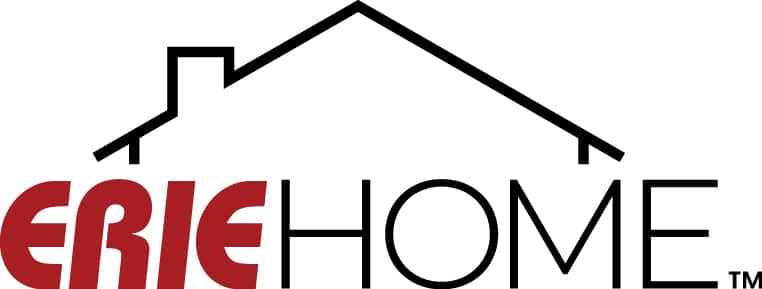
Zero Down - 18 months same as cash with minimum monthly payment
Average cost
Pros
- Lifetime or lengthy warranty
- Widespread availability
- 10+ years of experience
- Positive customer reviews
- Uses eco-friendly materials
- Financing options available
- Well-trained, certified installers
- Uses durable materials meant to last
- Variety of roofing styles available
Cons
- Limited variety of roofing materials
- Expensive

Aspen Contracting

Average cost
Pros
- Positive industry reputation
- Lifetime or lengthy warranty
- Widespread availability
- 10+ years of experience
- Positive customer reviews
- Financing options available
Cons
- Little information available on company website

Baker Roofing
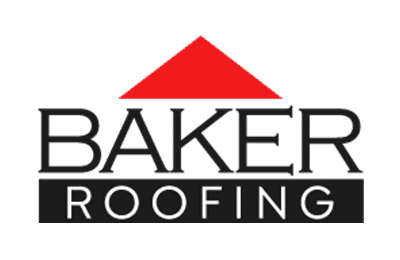
Average cost
Pros
- Variety of roofing materials available
- 10+ years of experience
- Positive customer reviews
- Uses eco-friendly materials
- Financing options available
- Affordable
- Well-trained, certified installers
- Uses durable materials meant to last
- Variety of roofing styles available
Cons
- Short or nonexistent warranty
- Limited service area
What Costs Go Into Replacing Your Roof?
The size of your roof and your choice of roofing materials are the two most important factors that will determine the price of a roof replacement service, but there are other considerations as well.
Below, you’ll find a brief description of the main factors that affect the average roof replacement cost.
Current Roof Size
Roofing material is priced per square foot, so the size of your roof will greatly impact the cost of your roof replacement. Additionally, a bigger roof will require more time and effort from your roofing company.
Keep in mind that the square footage of your house is not going to necessarily be the same as the square footage of your roof. However, the larger your home’s footprint, the larger your roof will likely be.
Current Roof Features
The slope and design of your roof will impact the cost of your roof replacement, and your contractor will likely consider these features when providing your roof replacement cost estimate.
In general, the steeper your roof is, the more expensive your installation project will be. If your roof is not walkable, your contractor may need to take extra safety precautions and use special equipment to complete the replacement, which will drive up labor costs.
Architectural features of your roof — like a high roof pitch, steep A-frames, skylights and dormers — will also make your roof installation more complex and lead to a higher cost estimate. Homeowners in single-story homes typically have flat roofs that are closer to the ground, so they will spend less on labor compared to homeowners living in multi-story homes.
Location of Your Home
Where you live can influence the cost of your roof replacement. The best way to gauge the average price of a new roof replacement in your city or county is to get multiple estimates from local contractors and compare rates.
New Roof Roofing Type and Materials
The cost of a new roof is largely determined by the type of roofing material you choose. Asphalt and metal roofing materials tend to be the cheapest, but even those materials can range anywhere from $3 per square foot to $18 per square foot depending on the quality.
Even if cost is your number one consideration, don’t shy away from more expensive materials like slate, clay tile and higher-end metals like copper. The longevity of these materials far outweighs the lifespan of asphalt, meaning you likely wouldn’t need another roof replacement in your lifetime, saving you money in the long run.
The types of shingles you choose can also impact roofing prices. For instance, asphalt roof shingles come in two styles: architectural shingles and 3-tab shingles.
Architectural shingles offer a thicker, sturdier design with a stronger adhesive than 3-tab shingles. 3-tab shingles are flat and have a more uniform design. Your preference in appearance and durability between these options will impact your roofing material cost.
Every home has different needs, so talk to your roofing contractor to decide what roofing type is best for you.
Labor and Permits
A home project as large as a roof replacement requires a permit in most states. Your roofing contractor should apply for any necessary permits for you, but make sure you discuss this before the construction on your home begins and understand the costs involved.
It’s also important that your roofer is licensed, so make sure you are working with reputable contractors who can provide proof of license on request.
Labor is an additional cost separate from the cost of roofing materials. Labor costs can vary depending on the steepness, height and design features of your roof.
During your initial inspection, your roofing contractor should give you an idea of what labor costs will be for your roof replacement.
Old Roof Removal Costs
Some new roofs can be installed on top of your existing roof. This type of project is called an overlay roof and can be cheaper, faster and less wasteful than a full roof replacement.
If your roof has water or structural damage or already has a second layer of roofing, you will have to remove your old roof and replace it.
A tear-off roof will require more time and labor, but it is more durable and long-lasting than an overlay. This is the most common type of roof replacement because it addresses deterioration or damage to the decking or underlayment of your roof and can protect your home from mold, rot and leaks.
Choosing a tear-off roof over a roof overlay will incur additional labor and waste disposal costs. If you hire a roofing contractor to remove your old roof, this will generally add between $1,500 and $3,000 to your project.
It is possible to DIY your roof removal before you have your new roof installed. However, you should always consult with your roof contractor first to get an understanding of what your roof needs. In general, it’s better to call a professional if you don’t have prior experience with roof work.
New Roof Costs by Roof Type
The type of roof that you choose to install is one of the largest factors in determining the cost of your roof replacement. High-end roofing can cost up to $30 per square foot, while the cheapest roofing material starts at just $3 per square foot.
We’ve outlined the average cost and longevity of some of the most popular roofing materials below to give you an idea of how much your roofing material of choice will cost.
| Roof Material | Estimated Lifespan | Estimated Cost Per Square Foot |
| Asphalt shingles | 10 to 30 years | $5 |
| Wood shingles | 25 to 30 years | $6-$11 |
| Wood shake | 35 to 40 years | $9-$15 |
| Metal roofing | 40 to 75 years | $3-$18 (varies by type of metal) |
| Clay or concrete tiles | 50 to 100 years | $4-$20 (varies by type of tile) |
| Slate roofing | 100+ years | $30 |
| Solar shingles or solar glass | 25 to 30 years | Not typically measured by the square foot; a full installation can cost between $30,000 and $60,000 |
Note: Although roofing material costs are commonly expressed in terms of price per square foot, many roofing companies will measure roof size and list prices in terms of roofing squares, a unit that is equal to 100 square feet.
Asphalt
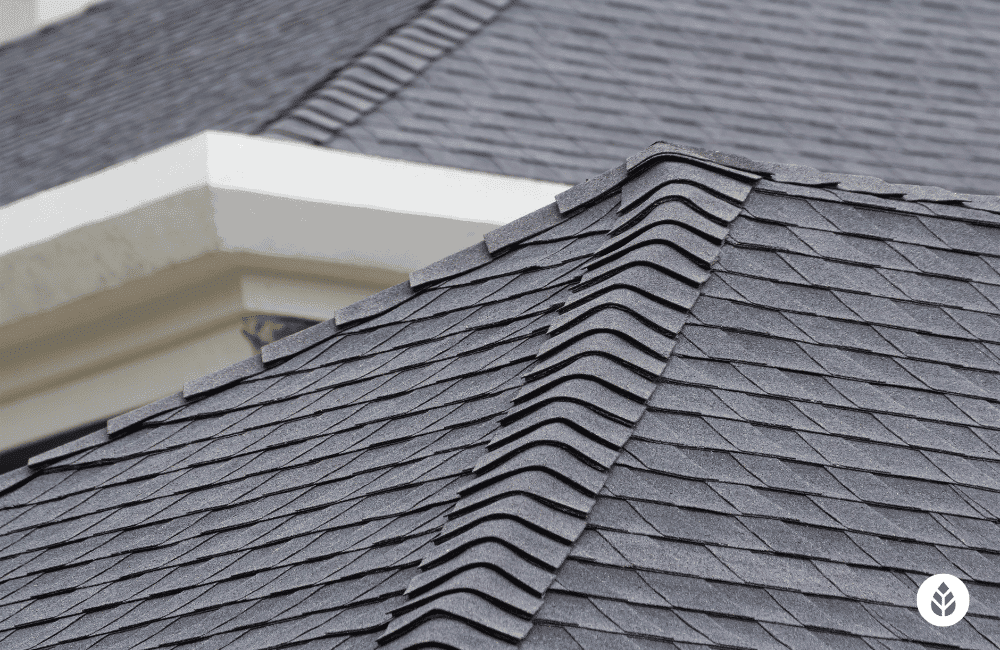
Asphalt Roof Replacement Cost
Asphalt is one of the cheapest roofing materials, costing you only about $5 per square foot.
Benefits of Asphalt
Asphalt roof replacement is popular because it is a cheap, widely available material and comes in many different color options. Asphalt is also recyclable, although recycling infrastructure for asphalt is not available everywhere.
Tradeoffs
Asphalt has a shorter lifespan than other roofing materials, lasting only 10 to 30 years on average. Plus, it retains heat, causing your home to be less energy efficient.
Wood
The two options for wood roofing, wood shingles and wood shake, are surprisingly long-lasting and popular roofing materials. Wood shake is thicker and more durable than wood shingles, so they tend to be more expensive.
Wood Roof Replacement Cost
On average, wood roof shingles cost between $6 and $11 per square foot while wood shake costs between $9 and $15 per square foot.
Benefits of Wood
Wood roofs are renewable, biodegradable and recyclable, making them one of the most eco-friendly options for a new roof. Just make sure the wood you’re buying is responsibly sourced.
A wood roof is also a good insulator, lowering your energy bills.
Tradeoffs
Wood may require more maintenance than other roof types, and if you live in a wet or humid climate, your wood roof can grow mold and mildew.
Metal
Metal is a popular roofing type that can conveniently be installed on top of your existing roof. Metal is resistant to extreme weather conditions and is ideal for any climate.
Metal Roof Replacement Cost
Metal roofs can be made from aluminum, steel, zinc or copper, each with vastly different price points. Check out the table below to get an idea of how much a metal roof will cost:
| Metal Roofing Material | Material Price per Square Foot | Estimated Cost of 1,700-Square-Foot Roof Installation | Estimated Lifespan |
| Aluminum shingles | $3 to $9 | $9,000 to $28,000 | 35 to 40 years |
| Steel shingles | $6 to $12 | $17,000 to $30,000 | 40 to 50 years |
| Standing seam metal | $8 to $14 | $24,000 to $42,000 | 50 years |
| Zinc | $6 to $11 | $15,000 to $50,000 | 100+ years |
| Copper | $11 to $25 | $30,000 to $70,000 | 100+ years |
Benefits of Metal
Metal does not absorb heat like other roofing materials, so it will make your home extremely energy efficient. Metal is also easily and widely recycled and long-lasting, making it one of the most sustainable roofing options.
Tradeoffs
A metal roof is often more expensive than a standard asphalt roof, and because metal roofing requires professional installation, you’ll have to account for labor costs.
Tile
A tile roof will add a unique charm to your home, offering a stylish appearance characteristic of Southwestern, Spanish and Mediterranean-style homes.
Tile Roof Replacement Cost
A tile roof can be a great investment for your home. Depending on the type of tile you choose, your installation price can vary greatly. Take a look at our chart below outlining average costs for different types of tile roofing replacement costs.
| Roofing Material | Material Price per Square Foot | Estimated Cost for 1,700-Square-Foot Roof Installation | Estimated Lifespan |
| Cement tile | $4 to $10 | $17,000 to $34,000 | 50 years |
| Terracotta clay | $6 to $15 | $30,000 to $45,000 | 100 years |
| Fired ceramic clay | $8 to $20 | $34,000 to $51,000 | 100 years |
Benefits of Tile
Tile roofs are durable and long-lasting, meaning you won’t have to keep repairing or replacing your tile roof. Tile will also insulate your home, reducing your energy bills and making your house more energy efficient.
Tradeoffs
Tile roofs can be heavy and may require structural reinforcements before installation. Tile roofing requires professional installation, so you will have to incorporate labor costs into your final price if you choose a tile roof.
Slate
Slate is a beautiful stone roofing option characteristic of colonial and European-style homes. Although they have a high price tag, slate roofs can last a lifetime.
Slate Roof Replacement Cost
The average installation cost of natural slate is $30 per square foot, making it the most expensive roofing material. That puts the cost at around $51,000 for a 1,700-square-foot roof install.
Benefits of Slate
Slate is extremely long-lasting and durable, with a lifespan of 100 years or more. On top of that, slate will increase the energy efficiency of your home and can be recycled (although you probably won’t ever have to replace your slate roof anyway).
Tradeoffs
As stated before, slate is very expensive, so it is not a viable roofing option for many homeowners. It’s also very heavy, meaning you may need structural reinforcements before you can install your slate roof.
What Are The Roof Replacement Payment Options?
Many homeowners do not have the funds to pay for their entire re-roofing project up front, especially if you’ve sustained roof damage from an unexpected accident or weather event and haven’t been budgeting for a replacement.
Thankfully, there are several roof replacement payment options available, including:
- Cash payment: Even if you’re paying in cash, it is standard practice to pay a 10-30% deposit before the roofing project begins and pay the rest once the project is complete. Make sure to request a contract from your roofing installer outlining the payment agreements and timeline before the project begins.
- Financing through your roofing contractor: Many roofing companies offer financing for their roofs through a partner bank or third-party lender. Talk to your contractor to discuss financing options and create a plan that works for you.
- Home equity loan: When taking out a home equity loan, you can acquire a relatively low-interest loan by using your home’s equity as collateral.
- Home improvement loan: If you do not have a lot of built-up equity on your home, you can still qualify for a home improvement loan. The interest rate on this type of loan can vary depending on your credit score and income.
- Insurance coverage: If your roof sustained damage due to extreme weather or another unavoidable accident, your insurance may cover the cost of a new roof. Your roofing contractor can help you file a claim and document evidence to submit to your insurance company.
Roof Replacement Vs. Repair
If you’re seeing damage to your roof, it may be hard to tell whether your roof needs a repair or a replacement. Roof leaks, rot and damaged or missing shingles are all common roofing issues that can range from minor to severe.
As a general rule, the older your roof is, the more likely it is that you’ll have to opt for a replacement. Keep in mind that different roofing materials have different lifespans, so you can adjust your expectations accordingly.
If you’re unsure about the extent of your issue, call a local roofing contractor to come and inspect your roof. An inspection and estimate from an experienced roofer will give you a clear idea of what you need to do, and many roofing companies offer this service for free.
How to Tell If You Need a Roof Replacement
Installing a new roof is a big investment. The cost and time commitment alone can make homeowners doubt whether they should take the plunge, so it’s important to know what to look for.
Below are a few signs that you may need a roof replacement.
Roof Leaks
A one-off roof leak doesn’t necessarily mean that you need to replace your entire roof. For instance, if one of your shingles blows off during a heavy storm and your roof is leaking as a result, a simple roof repair could solve your problem.
However, if multiple parts of your roof are showing damage, including damage to the underlayment or decking, it may be time to replace your roof entirely. Over time, your roofing material can wear out and start leaking as a result of being exposed to extreme weather, heat and cold.
If you are experiencing leaks, reach out to a local roofing contractor to inspect your roof. An expert can determine whether you need a roof repair or replacement.
Roof Age
Once your roof hits a certain age, you’ll want to start looking out for signs that you need a replacement.
For example, asphalt shingles have a lifespan of 10 to 30 years. So, once your asphalt shingle roof reaches that 10-year mark, you’ll want to stay on top of regular maintenance and look out for issues that could suggest you need a new roof.
Longer-lasting roofing materials like slate, copper and tile can last more than 50 years with proper maintenance. Consider what your roof is made of when deciding how frequently your roof needs to be replaced.
Moss or Mold
Moss, mold or fungi growing on your roof is another red flag to look out for when deciding whether or not you need a new roof. It may be tempting to just scrub off any moss or mold on your roof yourself and call it a day, but mold may be indicating a larger issue that is not so easy to fix.
If your roof is moldy, it means that moisture is trapped on your roof. This is especially common in places that experience a lot of rainy and warm weather.
Mold buildup can eat away at your roof and cause health problems for your family, so the faster you get any mold or mildew checked out on your roof, the better.
Here’s a bit more information on this mold buildup:
If a mold or mildew issue is not treated right away, it’s more likely you’ll have to replace the roof altogether.
Signs of Rotting
Here are some warning signs that your roof could be rotting:
- Peeling, curling or cracking singles
- Moss, mold or algae on your roof
- Debris build-up in gutters
- Sagging or uneven roof deck
- Other signs of water damage like moisture and stains
It’s crucial to watch out for these warning signs, especially as your roof ages. If the rotting on, under or around your roof worsens, it’s more likely you’ll have to replace your roof entirely.
Energy Bill Increases
Roof leaks and damage allow your heating and cooling to escape, causing your energy bills to increase. Even if you don’t see any damage, an increasing energy bill could mean that you need a roof repair or replacement.
Installing a new roof will help your home become more energy efficient and lower your energy bill. If you live in a warmer climate, investing in lighter-colored new shingles and roofing materials that reflect the sun’s rays will help minimize your cooling costs.
On the other hand, if you live in a cooler climate, darker shingles and heat-absorbing materials will help keep your home warm.
Signs of Damage
Aside from rotting, you’ll want to keep an eye out for these additional signs of roof damage:
- Moisture marks
- Peeling paint on walls or ceilings
- Damp rafters or leaks in your attic
- Granules coming loose from your shingles and collecting in your gutters
- Missing or damaged shingles
Homeowners should regularly look for signs of roof damage, especially as a roof gets older. If you think that you may need a roof repair or replacement, select one of our recommended providers below to get an inspection and estimate.
Additional Costs and Considerations for Your New Roof
Replacing your roof is no small task. Make sure all your bases are covered by keeping these additional costs and considerations in mind:
Existing Roof Condition
If your existing roof has underlying issues like mold, pests or leaks, then you should expect to pay extra to have those problems addressed.
Roofing repairs can vary in cost depending on the severity of the issue. Your roofing contractor should be able to provide you with an estimate during the initial inspection.
Whole Roof Replacement Vs. Partial
If only a small part of your roof has been damaged, a partial roof replacement may make sense for you. If your roof is relatively new, a partial roof replacement can replace any damaged parts more quickly and easily than a full replacement.
However, if your roof is getting up in age, your shingles are worn or curling up or your roof warranty is set to expire, it’s worth getting a whole roof replacement to save you time and money in the long run.
Inspections
An inspection from a professional roofer can give you a good idea of what roofing repair or replacement you will need and how much it will cost.
Many roofing companies will come to your house for free and conduct a roof inspection. However, some contractors can charge up to $200 for an inspection, so make sure to do your research before asking someone to visit your home.
Material Disposal Costs
Once your new roof is installed, you’ll have to figure out how to dispose of your old roofing materials. Most roofing materials, including metals, asphalt and clay, are recyclable, so check with your local recycling center about recycling your old roof.
Talk to your roofing contractor and local solid waste management or recycling center to arrange a drop-off or pick-up to dispose of your old roof. Dropping off a truckload of shingles at a landfill or recycling center may cost you between $30 and $50, depending on your location.
You may also have to rent a truck to transport your old shingles and roofing materials, although many roofing companies will take care of old roof disposal for you for an additional cost.
How to Save Money on Your New Roof Costs
Before you commit to a new roof installation, you should do some research on how you can save money. Depending on your situation, you could be eligible for a loan or grant, or your insurance may even cover the cost of your new roof for you.
Here are some money-saving tips:
Get Multiple Quotes
The easiest way to save money on your roof replacement is to call several roofing companies and get multiple quotes. This way, you can choose which provider will get you the best deal on a new roof.
If you want to get started right away, you can connect with our top-recommended roofers below.
Homeowners Insurance
Most homeowners insurance policies will pay to have your roof replaced if an act of nature — like hail damage or a tree falling on your roof after a storm — or some other unpreventable incident caused roof damage.
If you’re replacing your roof due to typical wear-and-tear or poor roof maintenance, your insurance company will probably not cover your roofing expenses.
However, if you think that your roof installation may be covered, have your contractor help you submit a claim to your insurance. Make sure to document any damage and have your roofing contractor complete an inspection for you so that you have a higher chance of being approved.
Home Equity Loans
If you have equity built up on your home, you can use your home as collateral to be approved for a home equity loan. If you have strong credit, a steady income and already own part of your home, these loans can typically grant you access to a much lower interest rate than traditional roof financing options.
Home Improvement Grants
There are government programs through the U.S. Department of Agriculture that will help low-income households and elderly people pay for their roofing and other home repair projects through loans and grants. You can also search locally to see if you qualify for any grants or assistance programs.
What Should You Ask Your Roofing Contractor?
When it comes to installing a new roof, everyone should ask their roofing contractor some basic questions about pricing, services and overall expectations. Before starting your installation, we recommend asking your roofing contractor the following:
Roof Pricing
- What will be the total cost of my roof replacement?
- Can I get a breakdown of costs between materials, labor, disposal and other services?
- What are some additional costs that I should be aware of?
- Will I have to pay extra to address any underlying issues like water damage or pests?
Roof Financing
- What financing options are available to pay for my roof?
- What will the interest rate be on my payments?
- How long will it take to pay off my roof and how many payments will I be making?
Roofing Contractor Service and Expectations
- What services are included with my roof installation?
- Who will be responsible for disposing of the old roofing materials?
- Who will be responsible for acquiring the permits necessary to complete the project?
- How long will it take to install the roof?
- Who will be coming to complete the roof installation?
Roof Warranty
- How much does a warranty cost, or is it included with the service?
- What is covered under the warranty?
- How long is the warranty for the new roof?
How to Find the Right Roofing Company
Finding a local roofing company that offers fair prices and great service may feel like an overwhelming task, but it’s not impossible. Ideally, you should look for a roofing company that:
- Is locally based and has availability in your area
- Offers the type of roof you want
- Will operate within your budget and timeline
- Has experience and positive reviews
- Is accredited by the Better Business Bureau (BBB)
The best way to make sure you’ve found the right roofing company for you is to shop around and get a few roofing quotes. Do your research and ask questions about each contractor so that you feel good about your decision.
If you’re ready to get started, select one of our top roofing providers below to get a free quote:
FAQ: Roof Replacement Cost
Below, we’ll answer some of the questions we get asked most often from homeowners who are considering a roof replacement.
A roof replacement should include removing your old roof, installing your new roof and completing a final cleanup and inspection. During the installation process, your contractor will complete any repairs, replace any rotting or deteriorated wood and apply underlayment, valley and tab flashings and other weatherproofing systems.
Also ask your roofer about installing a ridge vent, which will improve the energy efficiency of your home.
Your home size will not exactly match the size of your roof. That is to say, if your home is 2,000 square feet, that does not necessarily mean that your roof is 2,000 square feet as well.
Your roofing contractor can measure your roof for you during an initial inspection.
However, the installation costs of a 2,000 square-foot roof will be about $9,000 for standard asphalt shingles. Note that different roofing materials can vary vastly in price.
The price range to re-shingle a roof with standard asphalt shingles is between $5,000 and $10,000, depending on the size of your home.

 233k
233k  41k
41k  Subscribe
Subscribe 

